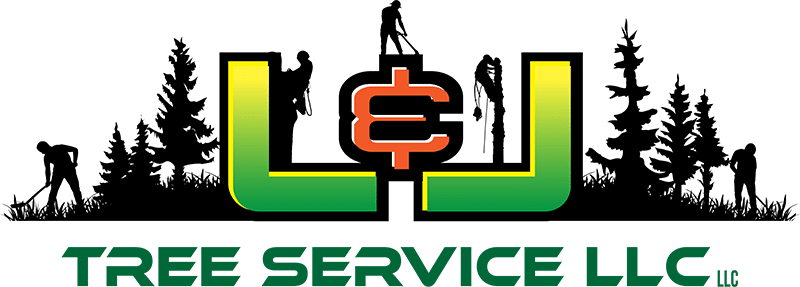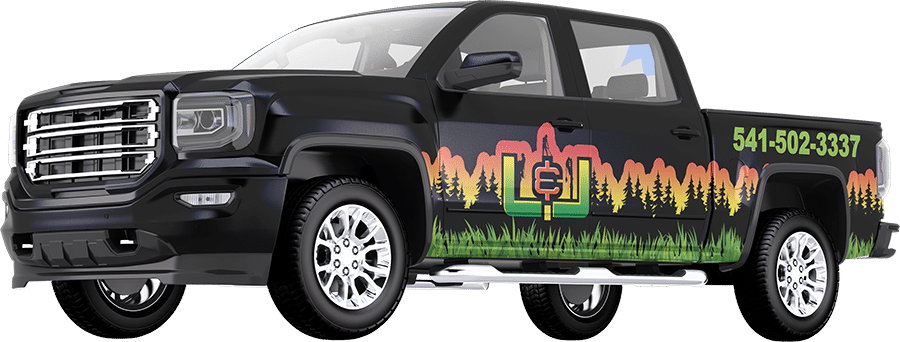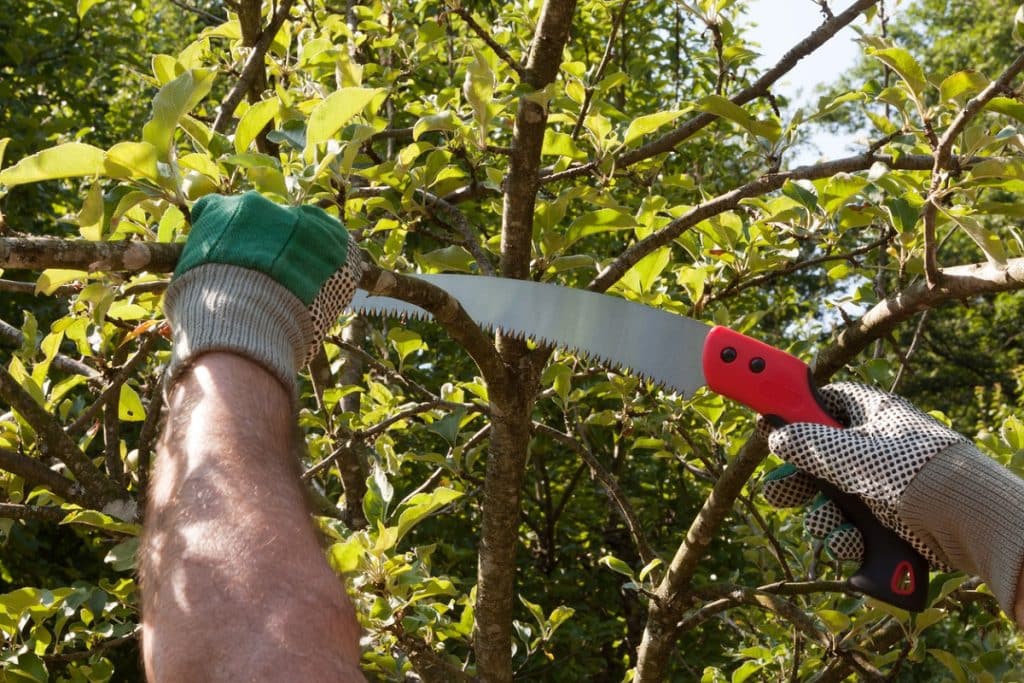As spring heralds the start of a new growth cycle, it’s an opportune time to give your trees a thorough check-up and trim. Pruning not only invigorates trees by removing unnecessary branches but also safeguards them against potential hazards, ensuring they can thrive beautifully. This guide will walk you through the essentials of safe and effective tree trimming, highlighting best practices to enhance the health, appearance, and safety of your trees.
Identifying Which Branches to Trim
The primary candidates for trimming are dead, diseased, or overgrown branches. Dead branches often look dried out and lack bark, making them easy to spot. Diseased limbs may show signs such as discoloration, unusual growths, or spotted leaves. Overgrown branches might cross over others or stretch in undesired directions, disrupting the tree’s balance.
Use the 1/3 and 1/4 rules for a balanced approach. Never remove more than 1/3 of a tree’s foliage in one season, and aim to keep main branches spaced at least 1/4 of the tree’s height apart.
Choosing the Right Tools
For a successful trim, arm yourself with the proper tools. Here’s a quick rundown:
- Hand pruners are best for small branches and precise cuts.
- Loppers are for mid-sized branches; these come with long handles for extra leverage.
- Pruning saws are used for thicker branches, providing the power needed without damaging the tree.
- Pole saws/pruners are for higher branches, allowing you to work from the ground safely.
Ensure your tools are sharp and clean to promote healthy cuts and reduce the risk of spreading diseases.
Ensuring Personal Safety
Personal safety can’t be overstated. Wear protective gear, including gloves, goggles, and a helmet. If you’re using a ladder, make sure it’s stable and have someone spot you. For higher or more complex trimming tasks, consider hiring professionals to avoid accidents and ensure the job is done right.
Timing the Trim
The best time for tree trimming is late winter to early spring, just before the growth season begins. This timing minimizes stress on the trees and allows wounds to heal swiftly before pests and diseases become active. However, dead or hazardous branches should be removed as soon as they’re noticed, regardless of the season.
Trimming trees is more than just a task; it’s an art and a science that, when done correctly, safeguards the well-being of your trees while enhancing your property’s overall aesthetics and safety. Professional arborists have the knowledge, equipment, and experience to handle complex tree care needs safely and effectively. If you need professional trimming and pruning services in Medford, OR, don’t hesitate to contact L&J Tree Service. We’re a family-owned business with over 15 years of industry experience.





